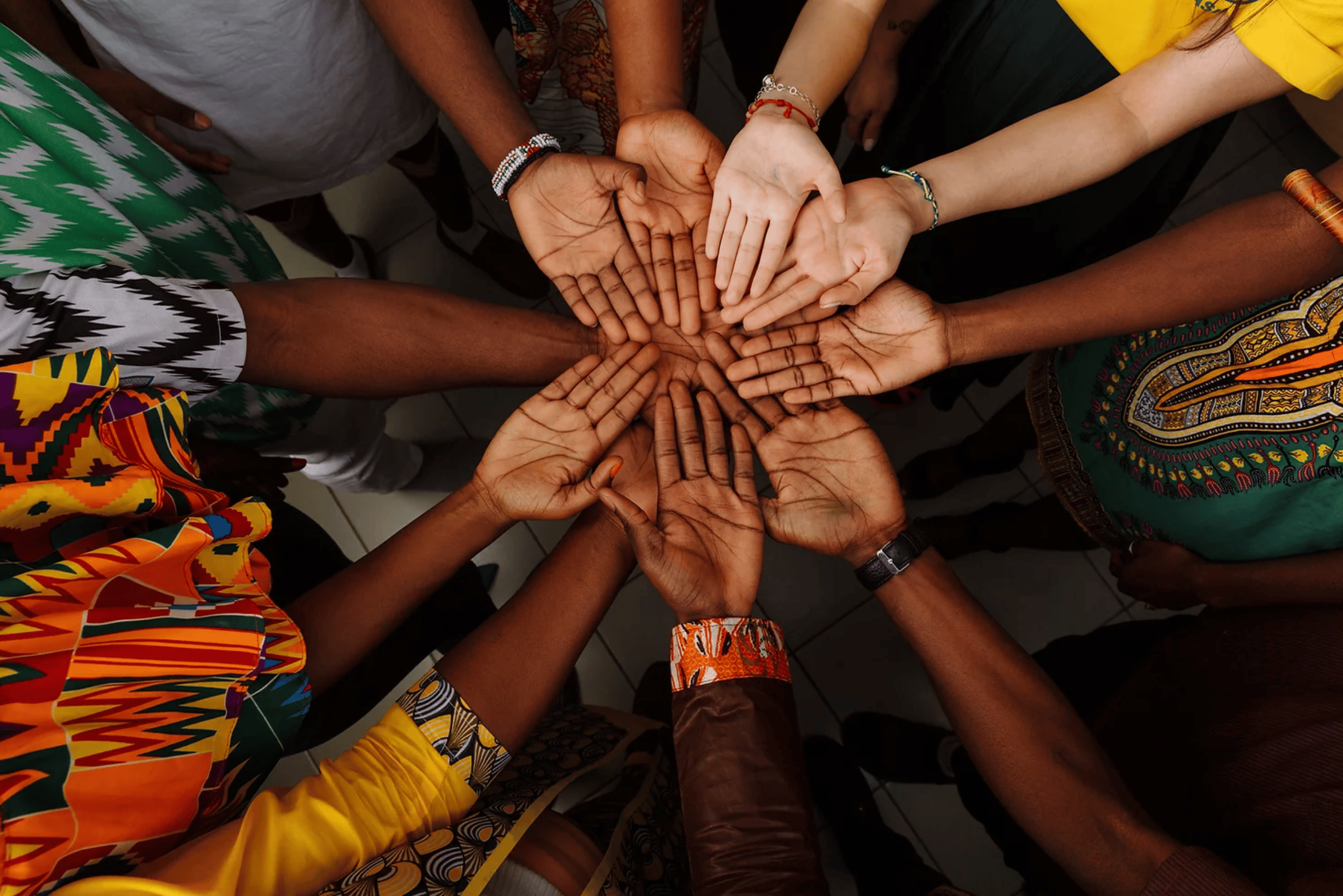Part of making the world a little bit better is intentionally creating a workplace culture that nurtures your workforce. People who feel valued and validated in their work show up in a different way both inside and outside of their organizations.
Diversity, Equity, Inclusion, and Belonging are words that get thrown around a lot. But what do they actually mean, and how do we—as leaders and colleagues—support a culture that thrives across these metrics?
Let’s take a quick look at each.
Diversity is about the mix of people in an organization (or in a community, town, etc.). There are a number of different spectrums diversity is commonly measured on, including :
- Demographic: age, gender, race, income, etc.
- Psychographic: values, opinions, aspirations, attitudes, etc.
- Neurodiversity: variation in the human brain regarding sociability, learning, attention, mood, and other mental functions
One thing I love about Diversability (this week’s guest on the Purpose and Profit podcast), is through awareness they help shift the conversation and break free from a common misperception of a disability monoculture. There is a spectrum of diversity within the disability community, and one person with a disability will check a spectrum of boxes across the three common diversity measures listed above.
For diversity in your organization, consider:
- How are you currently measuring diversity? Do the measurement tools need to be updated to include a greater spectrum of people, talent, ideas, and skills?
- How are you communicating diversity internally? Is it openly discussed? Is it celebrated? Is it sought after? Or is it tracked exclusively (and privately) in HR? What messages and tone are your communication and actions sending?
Equity is commonly confused with equality. While both are terms that measure fairness, they go about fairness in different ways. Equality means giving everyone the same thing. Equity, on the other hand, lives in nuance. It’s about giving people what they need to thrive, and recognizing that different people need different things.
Picture a parent and their 5-year-old child splitting a pizza. Equality would mean splitting the pizza in half. Equity would mean giving both the parent and the 5-year-old the amount of pizza they need to be full. A 5-year-old doesn’t need, and probably cannot consume, half a pizza. And a parent might need more than half to satisfy their hunger. While equality can be quick and easy, as this example shows, in some situations it can also cause inefficiency and waste.
When you consider physical and neuro diversity across an organization, it’s clear different people will need different things to thrive.
For equity in your organization, consider:
- What tools does everyone need access to equally to thrive? Where is nuance in tools needed to create the best environment for the individual?
- Where are you asking for individual feedback from your employees to understand what you as an employer can do better, to create a positive work environment?
Inclusion is about being included within a group. When thinking about an organization, inclusion is incredibly important in the hiring process. Who you have in the hiring pool will ultimately determine how diverse your organization is. Once in an organization, inclusion also means who is invited to the meeting. Whose opinion is sought out. Who gets appointed to the highly visible project.
For inclusion in your organization, consider:
- Your current workforce and your typical candidate pool. If it’s not diverse, consider how you are currently getting applicants, and where you might be able to proactively seek out diverse talent.
- Observe the culture of your organization. How are decisions made? Who is in the room when making important decisions? Whose opinions are valued?
Belonging is beyond inclusion. If inclusion is about being invited to the party, belonging is about being asked to dance. Not dancing the electric slide in unison, but dancing the way you dance best.
Belonging means you’re accepted into the community—as you are.
You don’t need to pretend to like the same hobbies as your boss (golf…ahh, no thank you!). You don’t need to hide certain aspects of yourself and over-emphasize others. You’re valued and accepted for being you. And you value and accept your colleagues for being themselves. You appreciate how they’re different from you.
For belonging in your organization, consider:
- How is “cultural fit” defined? Is it limiting candidates you’ll consider, or excluding people that could add a valuable perspective to the conversation? Does it force employees to show up in a specific way (only dancing the electric slide).
Where could your organization be better, and where is it setting a great example? Shoot me an email and let me know: info@kathyvarol.com




